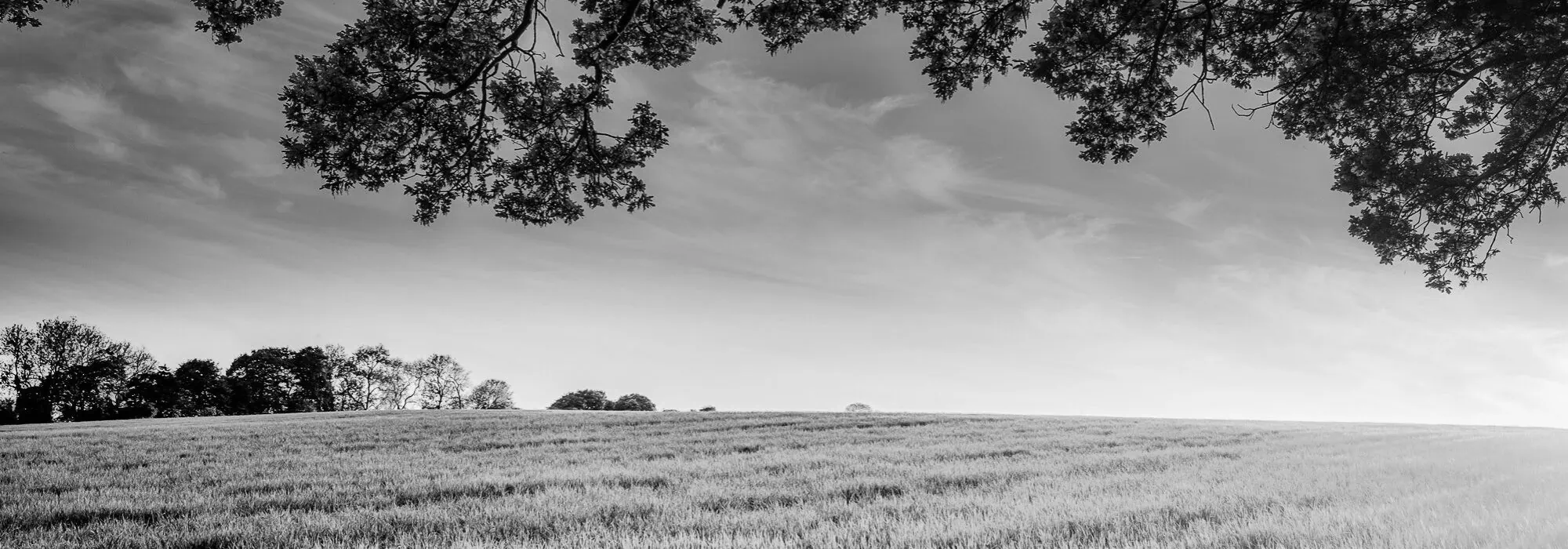
Modernization of agricultural land use across Europe is responsible for a substantial decline of linear vegetation elements such as tree lines, hedgerows, riparian vegetation and green lanes. These linear objects have an important function for biodiversity, e.g. as ecological corridors and local habitats for many animal and plant species. Knowledge on their spatial distribution is therefore essential to support conservation strategies and regional planning in rural landscapes. However, detailed inventories of such linear objects are often lacking.
Here, we propose a method to detect linear vegetation elements in agricultural landscapes using classification and segmentation of high resolution LiDAR point data. To quantify the 3D structure of vegetation, we applied point cloud analysis to identify features based on the local neighborhood. As a preprocessing step, we removed planar surfaces, such as grassland, bare soil and water bodies, from the point cloud using scatter information. We then applied a random forest classifier to separate the remaining points into `vegetation’ and `other’. Subsequently, a region growing algorithm allowed to segment 2D rectangular objects, which were then classified into linear objects based on their elongatedness.
We evaluated the accuracy of the linear objects against a manually delineated set. This assessment showed that the majority of vegetation objects were correctly identified. These results are a promising first step for testing our method in other regions and for upscaling it to broad spatial extents. This would allow producing detailed inventories of linear vegetation elements at regional and continental scales in support of biodiversity conservation and regional planning in agricultural and other rural landscapes.
August, 2018